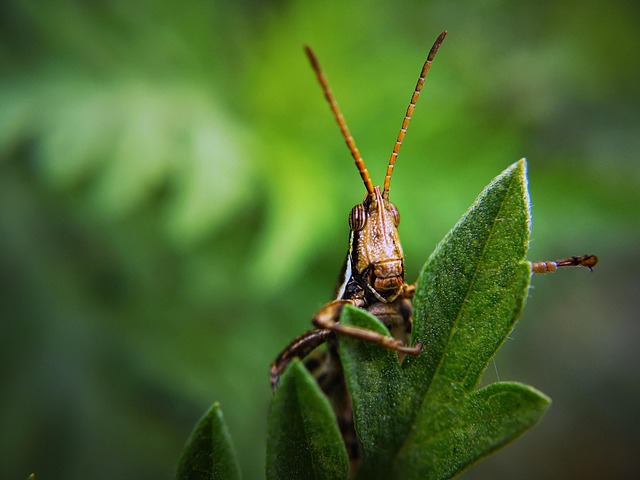Monthly pest control plans are an effective strategy for year-round protection against ants, rodents, termites, and weeds. Professional services visit properties at set intervals to treat high-risk areas, providing proactive protection for homes and businesses. Sustainable pest management strategies offer greener alternatives with non-toxic methods like organic repellents, biological controls, and habitat manipulation, reducing chemical pesticides and ecological damage. Integrated Pest Management (IPM) combines cultural, biological, and chemical methods tailored to specific issues, minimizing synthetic pesticide reliance through practices like crop rotation and natural predators. Natural solutions derived from plants and minerals provide eco-friendly alternatives that can be as effective as traditional chemicals, catering to homeowners and businesses seeking greener pest management. Consistent monthly monitoring is vital for long-term success, ensuring early identification of pest activity and adjustments to the plan as needed. Dynamic, tailored strategies evolve with seasons, enabling prompt addressing of emerging pests and maintaining ecological balance while managing harmful insect populations effectively.
In today’s world, sustainable pest control is not just an eco-conscious choice but a necessity. Going beyond traditional methods, understanding monthly pest control plans, and adopting integrated pest management (IPM) strategies offers numerous benefits for both environments and businesses. This article guides you through the basics of monthly pest control, highlights the advantages of sustainable practices, provides a step-by-step plan for creating an IPM system, explores eco-friendly products, and offers tips for long-term maintenance and seasonal adjustments.
Understanding Monthly Pest Control: The Basics
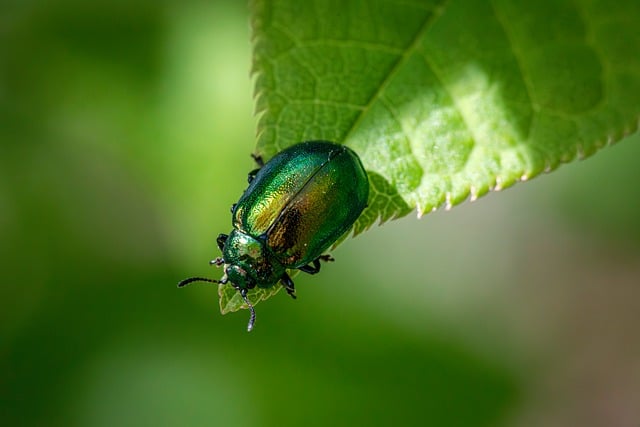
Monthly pest control plans are an effective strategy for maintaining a pest-free environment. This approach involves regular, scheduled treatments to prevent and manage pests throughout the year. The basics of monthly pest control include identifying the specific pests targeting your property, understanding their behavior, and employing tailored solutions to eliminate them. By implementing these plans, you can disrupt pest life cycles, reduce the need for extensive chemical applications, and foster a healthier ecosystem.
These plans typically focus on common indoor and outdoor pests like ants, rodents, termites, and weeds. Professional exterminators will visit your property at predetermined intervals, treating areas where pests are most likely to congregate. This proactive method not only protects your home or business but also prevents future infestations. Monthly treatments ensure consistent pest control, allowing you to maintain a clean and safe living or working space all year round.
Benefits of Sustainable Pest Management Strategies

Sustainable pest management strategies offer a multitude of benefits, both for businesses and the environment. Unlike traditional monthly pest control plans that rely heavily on chemical pesticides, eco-friendly approaches prioritize non-toxic methods and natural solutions. By integrating organic repellents, biological controls, and habitat manipulation, these strategies minimize ecological impact while effectively managing pests.
One key advantage is their long-term cost savings. While initial implementation might require investment, sustainable practices reduce reliance on expensive chemical treatments. Additionally, they enhance ecosystem health by promoting biodiversity, ensuring a balanced environment where natural predators can thrive. This balance contributes to a more robust and resilient ecosystem, providing protection against pest outbreaks in the long run.
Creating an Integrated Pest Management (IPM) Plan
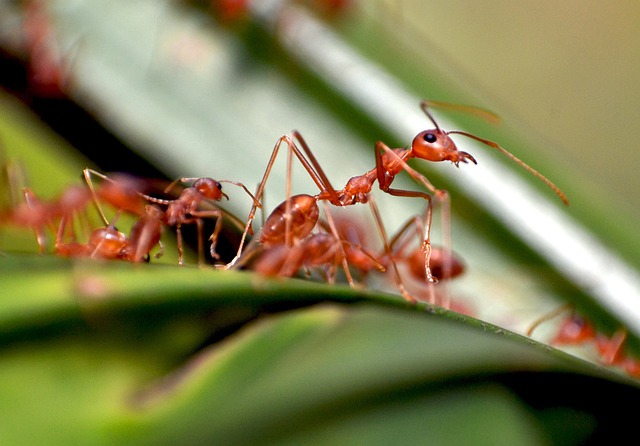
Creating an Integrated Pest Management (IPM) plan is a proactive approach to sustainable pest control, focusing on long-term prevention and minimal environmental impact. It involves a combination of strategies, including cultural, biological, and chemical methods, tailored to specific pest issues. By implementing IPM, you can develop effective monthly pest control plans that reduce reliance on synthetic pesticides.
Cultural practices, such as proper crop rotation and sanitation, play a fundamental role in IPM by disrupting pest life cycles and limiting breeding grounds. Biological controls, like introducing natural predators or using beneficial insects, offer eco-friendly alternatives to chemical interventions. When necessary, targeted applications of environmentally safe pesticides can be part of the strategy. Regular monitoring and accurate identification of pests enable timely intervention, ensuring that control measures are applied only when and where they are needed, thereby minimizing both costs and environmental disruption.
Eco-Friendly Products and Their Efficacy
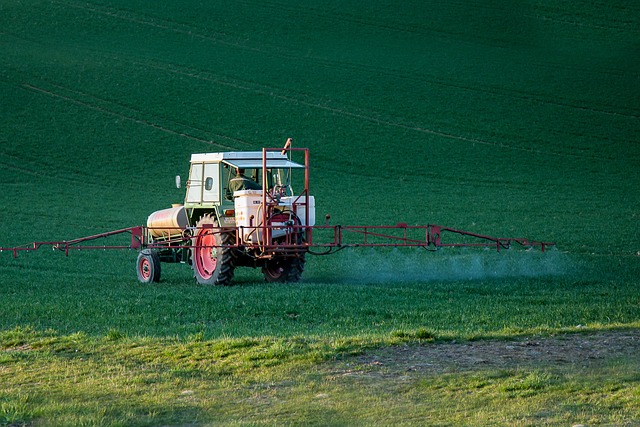
Many traditional pest control methods rely on toxic chemicals, raising environmental and health concerns. This is where eco-friendly products step in as a sustainable alternative for monthly pest control plans. These natural solutions are not only safer for the ecosystem but also effective in managing pests. Derived from plants, minerals, and bacteria, they pose minimal risk to non-target organisms, including beneficial insects and water sources.
Despite their natural origins, eco-friendly products can be just as potent as their chemical counterparts. Formulated with active ingredients like essential oils, plant extracts, and biological agents, these products disrupt pest behavior and reproduction. They offer a wide range of applications, from repellents to insecticides, ensuring that homeowners and businesses can effectively manage pest infestations while maintaining a greener approach through monthly pest control plans.
Implementing and Monitoring Your Plan
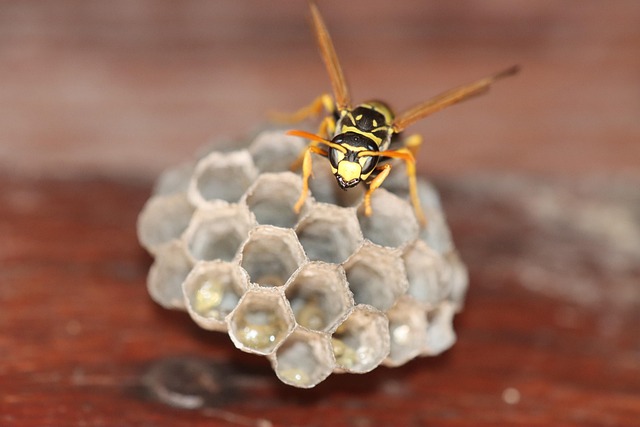
Implementing your sustainable pest control plan is just the first step; consistent monitoring and adjustment are key to its success. Establish a regular schedule for inspecting your premises, ideally on a monthly basis, to identify any signs of pest activity or potential entry points. This proactive approach allows for early detection, which is crucial in preventing infestations from escalating.
During these inspections, meticulously record your findings, noting any changes in the environment that could impact pest populations. Adjust your plan accordingly, incorporating additional strategies or modifying existing ones to maintain optimal results. Regular monitoring also facilitates a better understanding of the pests’ behavior and their response to the control measures implemented, ensuring your monthly pest control plans remain effective and environmentally responsible.
Long-Term Maintenance and Seasonal Adjustments

Sustainable pest control isn’t a one-size-fits-all approach; it requires tailored strategies that adapt to the ever-changing seasons and long-term environmental considerations. Implementing effective, monthly pest control plans is key to maintaining a balanced ecosystem while mitigating harmful insect populations. These regular treatments ensure that any emerging pests are addressed promptly, preventing them from proliferating and causing damage.
Seasonal adjustments play a vital role in sustainable pest management. Different insects become active during various times of the year, necessitating strategic shifts in control methods. For instance, spring may bring increased activity from ants and ticks, while summer could see a surge in moths and flies. By staying vigilant and adjusting monthly plans accordingly, you can maintain a healthy environment throughout all seasons, fostering a harmonious coexistence between humans and nature.
